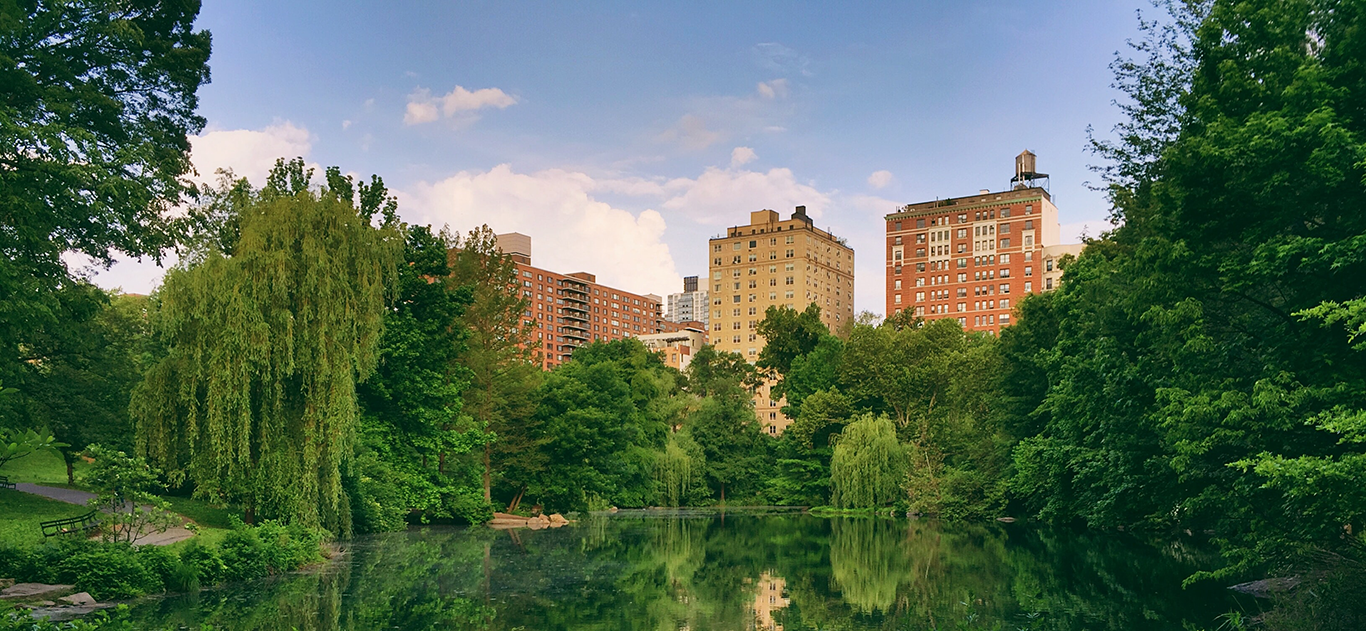If you’ve enjoyed a visit to Central Park within the last 40 years—or to any of hundreds of other urban oases across America that have bloomed under innovative new management in what experts are calling today’s “golden age of parks”—you can thank Richard Gilder, the New York City philanthropist who died at age 87 last week.
A Wall Street trader and strategic donor in several charitable sectors, Gilder was sobered in the 1970s when the iconic greenspace at the heart of Manhattan fell into disarray. A park characterized by graffiti, dead lawns, and crime was a body blow to families in New York, he recognized. He decided to act, and invited billionaire George Soros—a man at the opposite end of the political spectrum, who had not yet begun serious philanthropy—to join him in pressing for a public-private partnership to rebuild Central Park. In 1980, Gilder’s push produced the Central Park Conservancy, a new charitable entity that took over from the city the responsibility for rebuilding, managing, maintaining, and programming the park for its users.
Gilder’s contributions plus money from Soros and a few others produced a private board, an independent management team, and an ambitious plan for rescuing the park. Before long, dramatic improvements had reopened many sections of the park, and revived it as the popular attraction we know today. Crime tumbled, public attendance soared, and other donors poured forth. This buoyed the surrounding city. “As the park began to improve,” Gilder told Philanthropy magazine in 2010, “the rest of the city did too.”

Since Gilder and fellow philanthropists reestablished it under charitable management, Central Park has nearly quadrupled its visitation. It even hosted a field hospital recently for victims of the coronavirus. The conservancy’s public-private partnership was so successful it inspired other cities across the country, from Atlanta to Pittsburgh, as described in The Almanac of American Philanthropy.
Saving Central Park was just one of Richard Gilder’s many contributions to American civic life. As Myron Magnet wrote for Philanthropy, “His specialty turned out to be fixing what wasn’t working, burnishing what others had neglected, sometimes even to the point of heroic rescue.” Gilder revived the New York Historical Society. He contributed a grand planetarium and many other improvements to the American Museum of Natural History. He built a heavily used boathouse for Yale students and donated to other projects at the university. To encourage young people to learn about the past he co-founded the Gilder-Lehrman Institute of American History, and filled it with 70,000 historical documents made available for wide public access.
Gilder applied the same business savvy he used to build his brokerage firm (Gilder, Gagnon, Howe & Co.) to find practical philanthropic solutions to deep-seated cultural problems—both in New York and elsewhere. He served as chairman of the Manhattan Institute, the nonprofit think tank that incubated many of the reforms that allowed the Big Apple to recover from its downward spiral a generation ago. And to help reorient national policy and politics he co-founded the Club for Growth, which pooled donor contributions toward the cause of revived economic expansion.
The Wall Street Journal editorial board labeled Gilder an “impatient optimist.” However eager he was for improved results, though, he never became messianic, even as he became a philanthropic powerhouse. He just quietly put his shoulder to the wheel. “These things I’ve been involved in, each one was a job that needed to be done,” Gilder told Philanthropy. “A big job—a job worth doing.”
For more on Richard Gilder’s career, see our Summer 2010 feature story here.
R.I.P.
